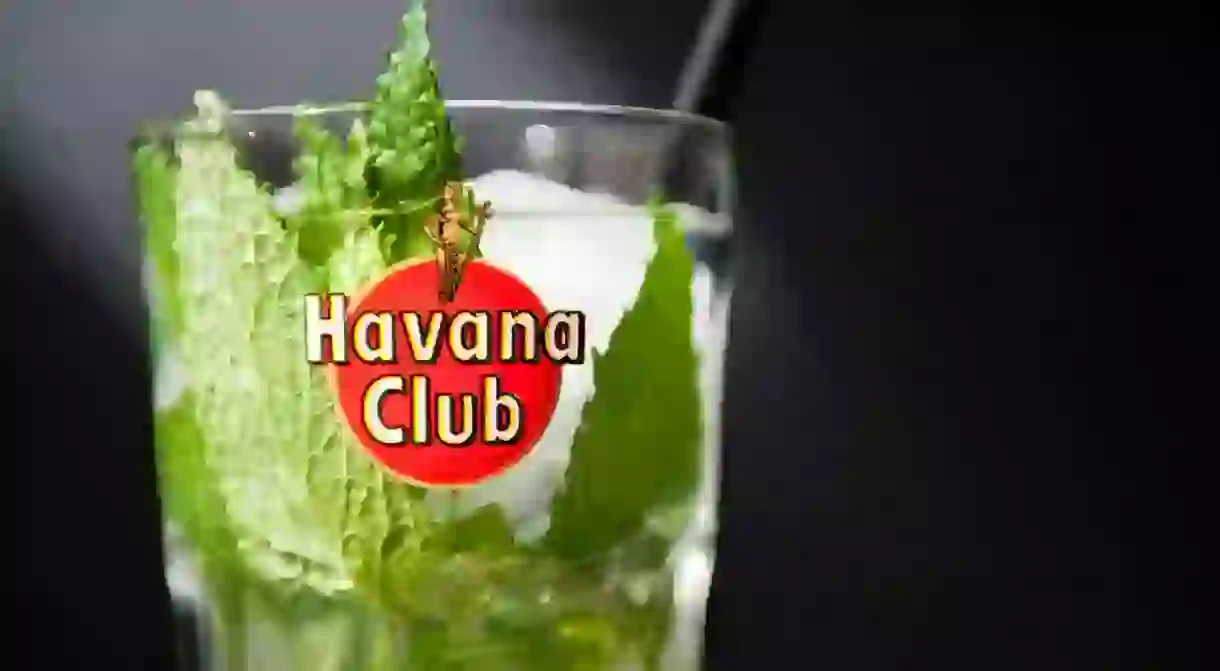Is Cuban Rum Really the Best in the World?

Cuban rum has a mystique that makes it highly sought-after all over world, but what exactly sets it apart from the rest?

Why is Cuban rum different from the rest?
For starters, let’s take a look at what makes Cuban rum so good. Rum is made from sugarcane, which grows in some 80 countries around world, but the best is said to come from the Caribbean. As with the grapes used to make wine, the taste of sugarcane changes depending on the conditions in which it grows.
On this count, the soil, weather, and terroir of Cuba make for great-tasting sugarcane. Plus, there is so much sugarcane produced in the country that Cuban rums are made entirely from Cuban sugarcane.

A product of history
Cuban rum also stands out due to an interesting historical quirk. When the island was part of the Spanish colonies, the crown sent over a request that Cuban rum be made lighter and crisper, to follow the fashion of delicately flavored spirits. As a result, the Cuban spirit has always been different from those produced in other countries.
Given the ongoing trade embargo against Cuba, it has been difficult, if not impossible, for US consumers to get their hands on any rum made in Cuba. As a result, the rarity and sense of desirability has only increased Stateside.

Do your own taste tests
But wait, US readers might be thinking, I’m sure I’ve seen Havana Club for sale in liquor stores? Well, you certainly could have done, but it’s not Cuban rum. That’s because there are two Havana Club brands: one made in Cuba by Pernod Ricard and another made in Puerto Rico by Bacardi. Thanks to a fierce intellectual property battle that is still rumbling on in the courts, only the Bacardi rum from Puerto Rico can be found in the US.
In blind taste tests, experts claim that the Cuban rums have more complex texture due to the longer ageing process. For average consumers, it likely boils down to a matter of personal taste. Unless you are a connoisseur, you might not spot the subtle differences between Havana Club and Santiago de Cuba, or other Latin American rums such as Venezuela’s Santa Teresa or Guatemala’s Zacapa.
That’s not to say you shouldn’t try though, so get hold of a few bottles and do some taste tests of your own. For most people, it should be easy enough, but US readers might just have found another good reason to make a trip to Cuba.













